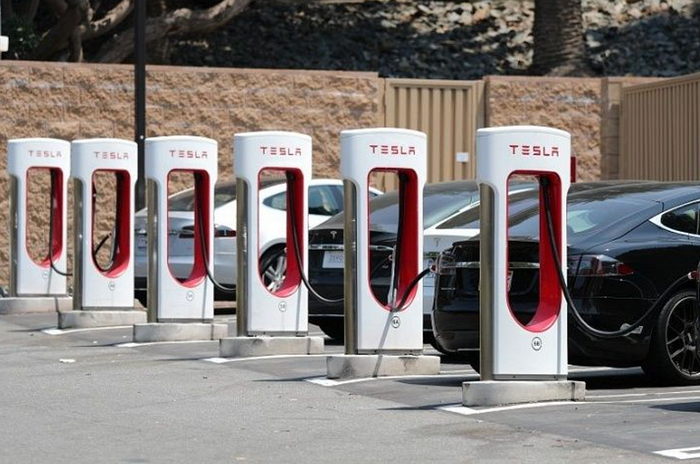Case Study: Tesla

The process of design thinking involves five steps — empathise, define, ideate, prototype and test. In this blog, we will use information we have on Tesla’s manufacturing process and break it down into the steps as neatly as possible.
Empathise
Tesla realised that we cannot sustain the current level of vehicle emissions that we have in the world. If we continue down this path it’s going to get to the point where the climate will change and basically human life will not be able to exist.
Define
We don’t have exact information on this but we can postulate that Tesla’s definition of the problem would look like ‘how might we design vehicles that can solve the problem of pollution’.

Ideate
We know now that the solution Tesla came up with, among other things, is electric vehicles supported by a network of fast charging stations.

Prototyping + Testing
So Tesla began manufacturing the electric vehicles and in 2008 they released their first electric vehicle which was called the Roadster. The price tag on that was $109,000 and it could go 245 miles on one charge. However they knew that the driving distance was not long enough and they also knew that the price was prohibitive for most people to be able to afford one.
Tesla is known for designing their products quickly and then refining them based on the customer feedback and new technology as it becomes available. The electric vehicle technology is fairly new and they are experimenting with different types of batteries and different ways to make those charges last. So the technology is advancing in this field constantly.

Furthermore, Tesla only hires people who have ability to handle complex problems and often these are people with little or no automotive manufacturing experience which is interesting. It’s a very different approach than most companies. For example, promotions and bonuses are used to promote inventions and solve complex problems. So they’ve set up a system and it’s a rating system of one to five. And four and five are the ones that get rewarded with the highest compensation level and promotions. So employees strive to come up with new innovative things that will benefit the company.
Similarly, Tesla have their employees sitting in close quarters with one another to encourage teamwork. They also pair their team members with a design member and an engineer because then you have both sides — you have the person who knows what they want and then you have the person who knows how they can get that.
Elon Musk himself is very driven and he expects his staff to be as well. Sometimes he pushes them to the point of discomfort because he wants them coming up with innovative ideas an new solutions to problems.
In sum, design thinking is a large part of why Tesla is able to do what they are doing. The best way to describe Tesla is as a continuous wheel because it never stops. Process improvement never ends because technology is constantly developing new better ways of doing things are constantly being found. They first identify the need, they break the problem down to the fundamentals, they identify the key specifications for their products and then they allow their employees time to develop products and they also allow them to work together to synergise and to come together and bring ideas. They then build their products, they test the products, they released those products to their consumers and then they found the products based on consumer feedback. So that being said when they get that feedback it goes around the wheel again so it’s something that never stops. It’s continually improving.


